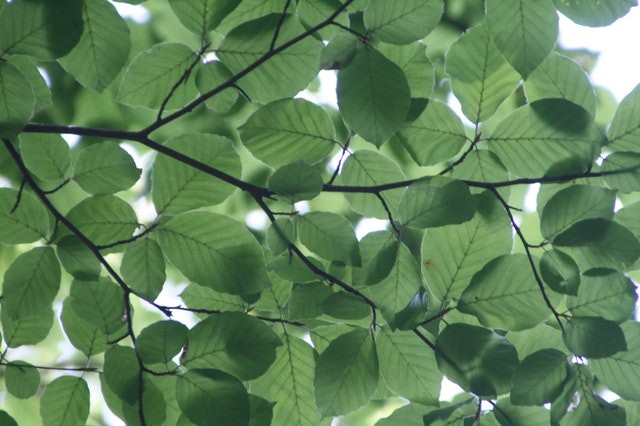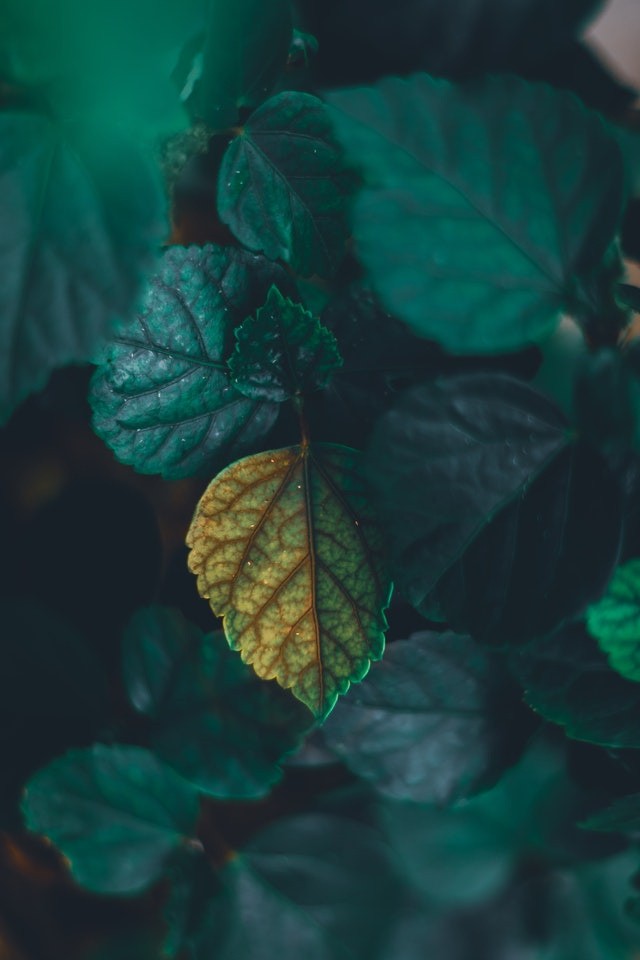Stinging trees develop in rainforests during Queensland and northern New South Wales. The most widely known and most excruciating species is the family Urticaceae (Dendrocnide moroides), named as Gympie bush by gold miners beside the Gympie town in the 1860s.

The Dendrocnide moroides Leaf
"Even the slightest touch of the Dendrocnide moroides leaf can be painful but my first sting was from another species known as the shiny-leaf stinging tree (Dendrocnide photinophylla)" Dr Marina Hurley said.
She said the pain felt like being bitten by 30 bees at once but not as excruciating as being bitten by Dendrocnide moroides, which she earlier described as the worst kind of pain she could ever imagine as it was more or less like being melted with hot acid and killed by an electric shock at the same time.
Despite being bitten by the stinging trees, she made up her mind to study stinging trees. The mystery was - what was feeding on the stinging tree? Stinging trees usually have big holes but nobody knew what was feeding on them. What is that thing that could possibly feed on the leaves that could cause pain?
Stinging trees develop in shimmering gaps in the rainforest bush and appear in many various shapes, species, and sizes (they were up to seven in Australia).
Research on Two Species
Dr. Marina Hurley did a research on two species for her Ph.D., Dendrocnide cordifolia (usually confused to be Dendrocnide moroides) and Dendrocnide moroides. The two species are plants that develop to three metres with serrated-edged, heart-shaped, and dark-green leaves that can blossom from thumbnail size to more than 50 cm wide.
The sting is a result of stinging hairs that consist of toxin and thickly cover the stems, fruit, and leaves. The hair's thick covering makes the leaves look as if they are enclosed with soft, fur, silken, and thereby giving people the impression to come and touch.
The fruit of Dendrocnide moroides is just like a bright dark-red berry with long stems, while the Dendrocnide cordifolia's fruit is regularly green with short stems that enables the fruit to have a clustered appearance.
How It Feels To Be Stung
Even the littlest touch of a Dendrocnide moroides leaf can give excruciating pain. An extreme stinging, excruciating pain is felt instantly, then it increases, reaching a max after 20 to 30 minutes.
The hairs can stay in the skin for up to six months. If it is indeed a painful sting, within 20 minutes, the lymph nodes underneath the arms will swell up and beat badly and it will be as if they are being knocked between two woodblocks.

How It Works
The structure of the stinging hair is complicated and comprises a shaft, bulb, and tip, made from calcium carbonate, calcium phosphate, and silica.
The hair tip is a small bulb that separates on contact, then the hair enters the skin infusing toxin. The formation of the toxin is also complicated and still not well known. The toxin is stable and resistant to heat.
RELATED ARTICLE : Study Finds that the Largest Trees Capture Much More Carbon and Dominate Forest Carbon Storage
For more news, updates about stinging trees and similar topics don't forget to follow Nature World News!
© 2025 NatureWorldNews.com All rights reserved. Do not reproduce without permission.





